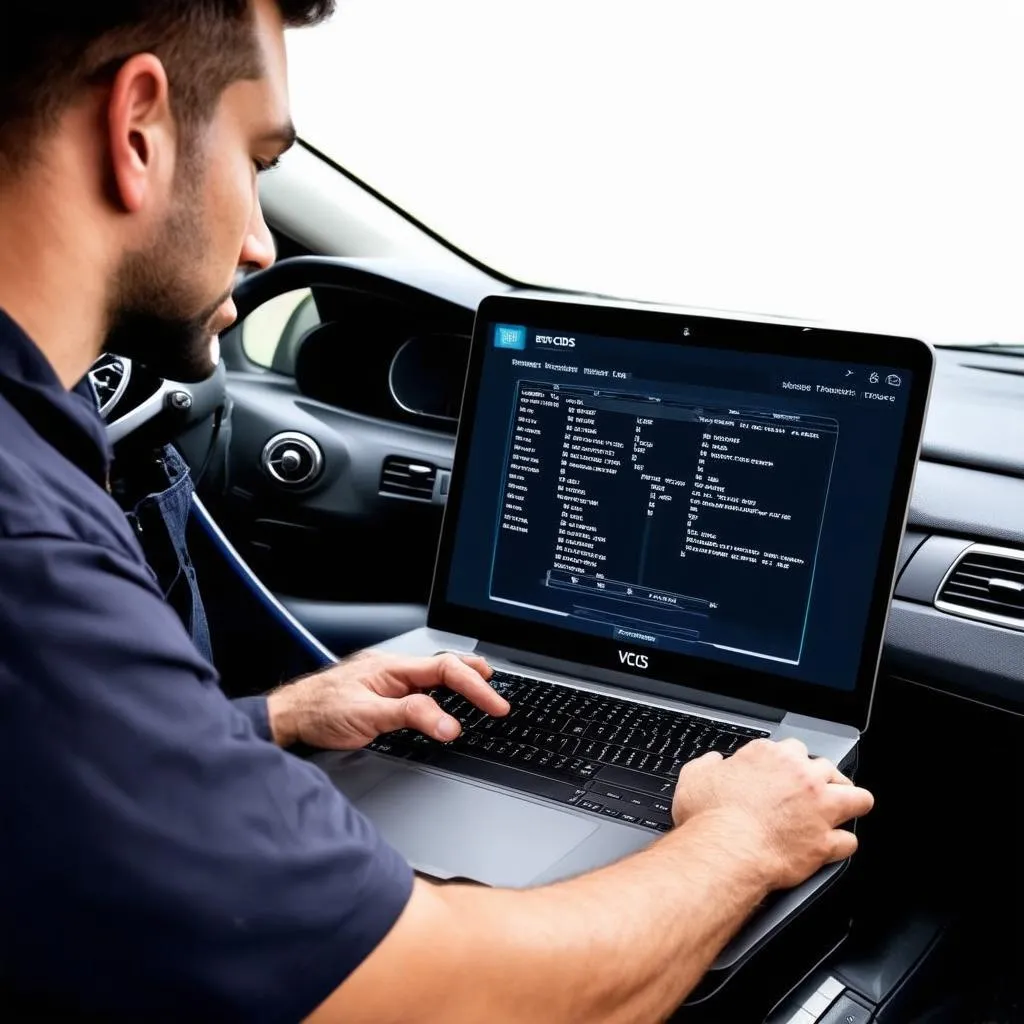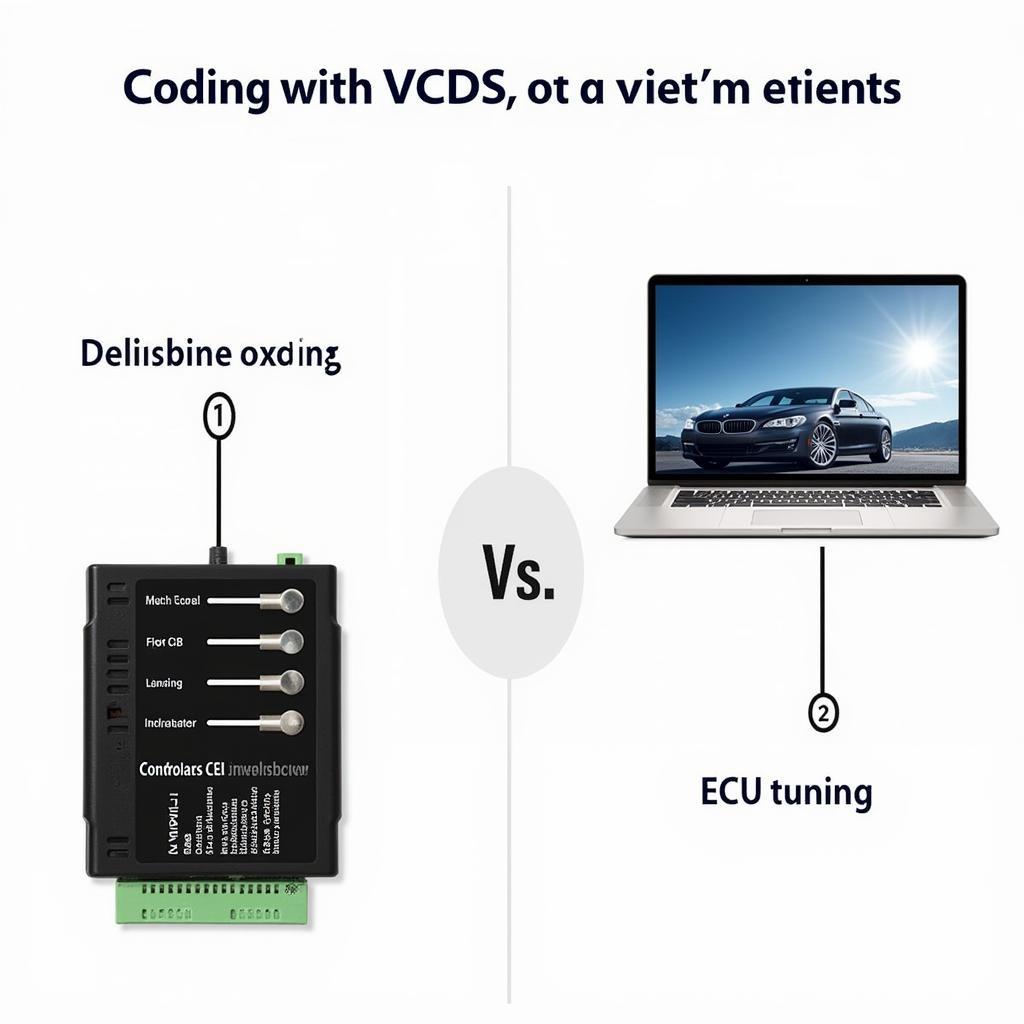The world of automotive diagnostics can seem like a secret society with its own language. For those new to the terminology, “VCDS codes” might sound like something you need a degree in computer science to understand. However, the reality is far less intimidating. This article aims to demystify the process and empower you with the knowledge to navigate the world of VCDS coding.
Understanding VCDS and Its Significance
Before we dive into the how-to, let’s clarify what VCDS is and why it’s relevant. VCDS, short for “VAG-COM Diagnostic System,” is a powerful diagnostic and customization software used primarily for Volkswagen Audi Group (VAG) vehicles. Think of it as the key that unlocks your car’s control modules, allowing you to read and clear fault codes, monitor live data, and most importantly, tweak specific settings to personalize your driving experience.
Debunking the Myth of “Creating” VCDS Codes
Here’s the catch – you don’t actually create VCDS codes. The software itself doesn’t generate new codes. Instead, it provides access to a vast library of pre-existing codes embedded within your car’s various control units. Each code corresponds to a specific function or setting within those units.
So, What Do You Actually Do?
Essentially, “creating VCDS codes” boils down to:
- Identifying the Desired Modification: Determine what functionality you want to change in your car. This could be anything from enabling automatic door locking to adjusting the brightness of your daytime running lights.
- Researching the Appropriate Code: This is where online forums, communities, and resources dedicated to VCDS coding come into play.
- Accessing the Relevant Control Module: Using the VCDS software, navigate to the specific control unit related to the function you want to modify.
- Inputting the Code: Enter the researched code into the designated field within the software.
- Verifying the Change: Confirm that the modification has been successfully implemented.
A Word of Caution
While VCDS offers incredible customization potential, it’s crucial to exercise caution. Modifying the wrong settings or using incorrect codes can lead to unexpected behavior or even damage to your vehicle’s systems.
Expert Insight:
“Always double-check the code and its intended function before applying any changes,” advises automotive electronics specialist, Dr. Emily Carter, in her book “Decoding Automotive Electronics.” “Start with small, well-documented modifications before venturing into more complex adjustments.”
Common Questions About VCDS Coding
Q: Is VCDS coding legal?
A: While VCDS itself is legal, the legality of specific modifications depends on your local regulations. Some tweaks might affect your vehicle’s warranty or compliance with road safety standards.
Q: Where can I find reliable VCDS codes?
A: Reputable online forums, dedicated VCDS coding websites, and enthusiast communities are valuable sources of information.
Q: What are some common VCDS modifications?
A: Popular modifications include enabling/disabling certain convenience features, adjusting lighting settings, and customizing the behavior of the car’s infotainment system.
 VCDS Coding
VCDS Coding
Exploring Further with Cardiagtech
For those looking to delve deeper into automotive diagnostics and customization, Cardiagtech offers a range of professional-grade diagnostic tools and resources. Their website provides access to various products designed to empower both enthusiasts and professionals in the automotive field.
 Cardiagtech Products
Cardiagtech Products
In Conclusion
While “creating VCDS codes” might be a slight misnomer, the process of using VCDS to unlock hidden features and personalize your car is both exciting and empowering. Remember to prioritize safety and thorough research before making any modifications. If you’re unsure about any aspect of VCDS coding, consult with experienced professionals or reputable resources within the automotive community.
Connect with CARDIAGTECH for expert guidance and access to top-tier diagnostic tools, ensuring a safe and rewarding experience in the world of automotive customization.

